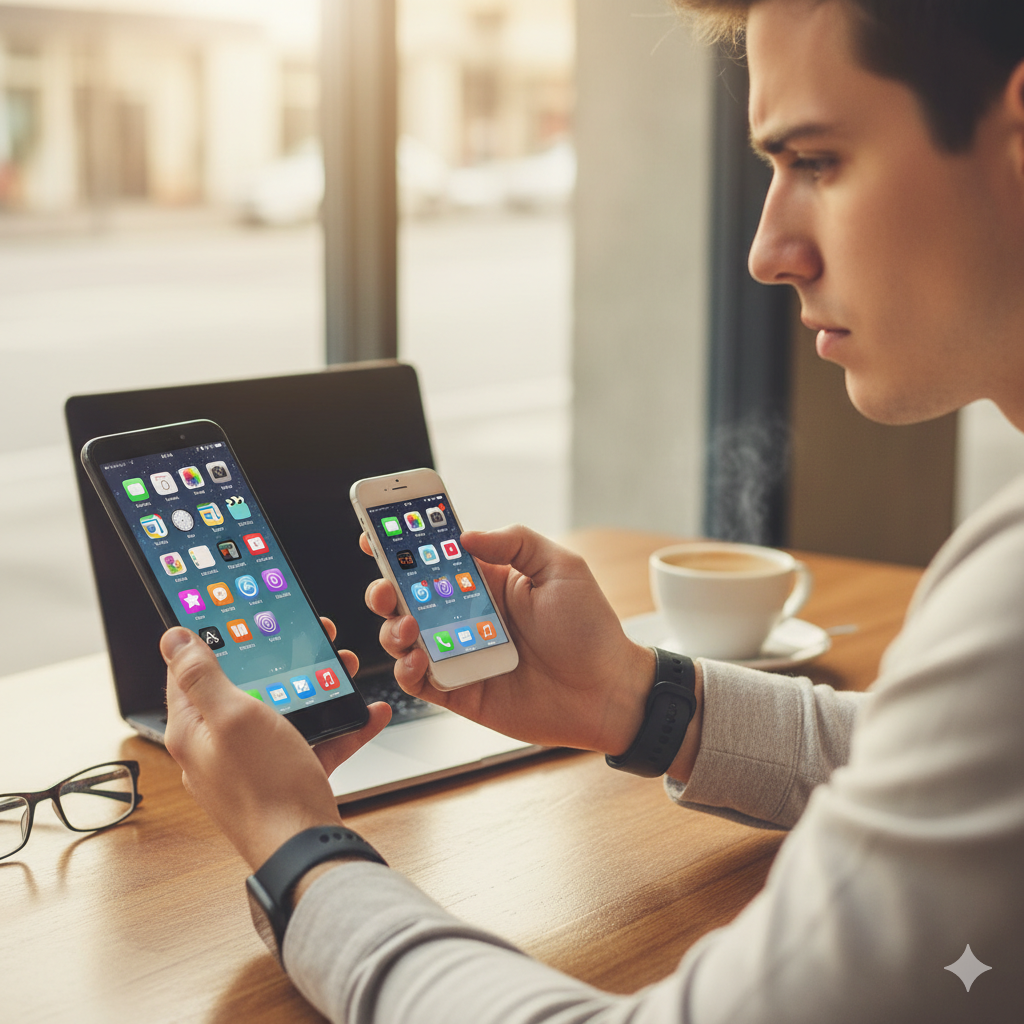Bigger phones have become increasingly popular, promising larger displays, immersive media, and multitasking benefits. But bigger isn’t always better for everyone.
This guide examines the pros and cons of larger devices and provides practical advice to help you choose the right phone size for your lifestyle, comfort, and usage needs in 2025.
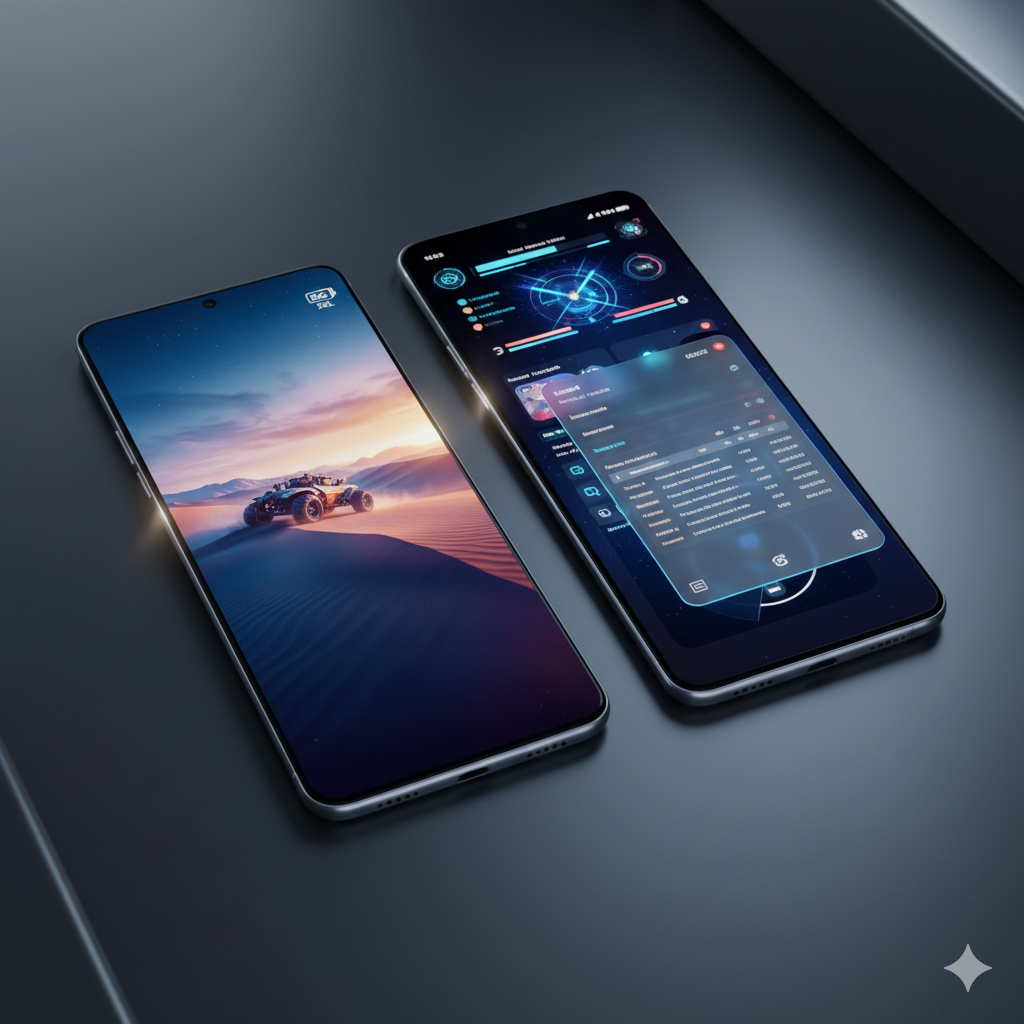
The Appeal of Bigger Phones
Larger phones offer visible benefits:
- Expansive screens for video streaming, gaming, and reading
- Enhanced multitasking with split-screen or foldable displays
- Bigger batteries, often resulting in longer battery life
It’s easy to assume bigger is better, but there are trade-offs that affect usability, portability, and comfort.
░ MORE FROM GUIDES
Pros of Bigger Phones
Stronger Speakers – Larger chassis can allow better speaker placement and louder audio.
Immersive Display Experience – Bigger screens make videos, games, and browsing more enjoyable.
Better Battery Capacity – Larger phones often house bigger batteries for extended usage.
Enhanced Productivity – Multitasking apps and split-screen functionality work better on bigger displays.
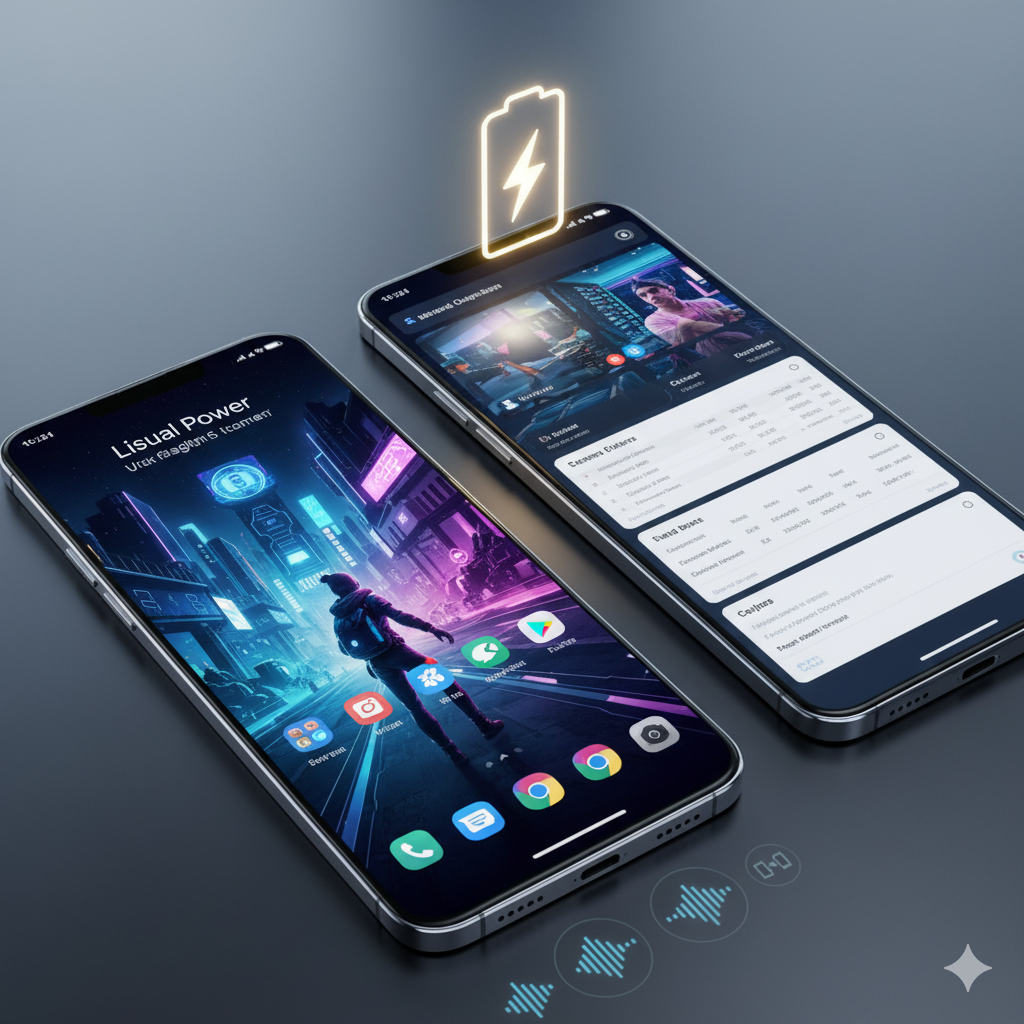
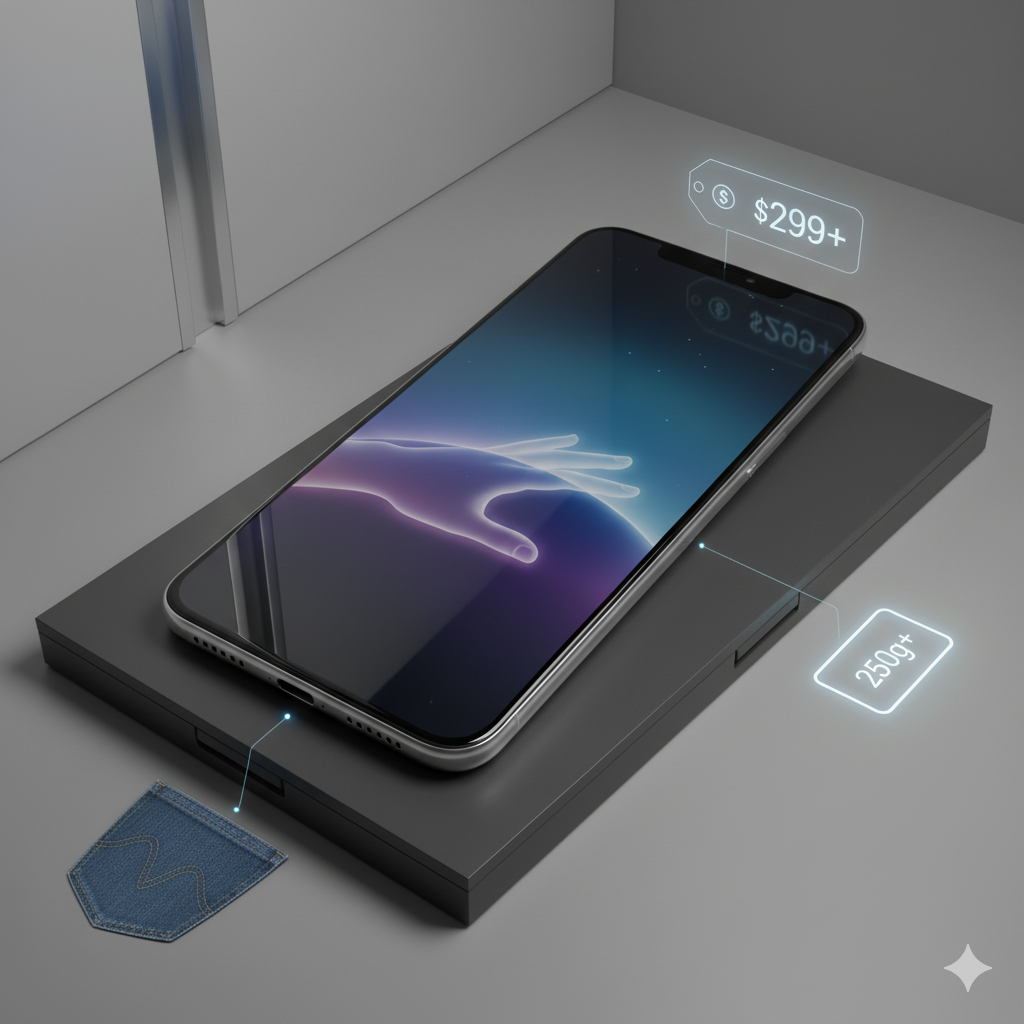
Cons of Bigger Phones
- Reduced Portability – Bulkier phones may not fit comfortably in pockets or small bags.
- One-Handed Use Difficulty – Reaching corners and typing with one hand can be challenging.
- Heavier Weight – Extended use may cause hand fatigue or discomfort.
- Higher Price – Larger phones often cost more than smaller variants with similar specs.
Comfort and convenience often outweigh the benefits of screen size if the device is too large for everyday use.
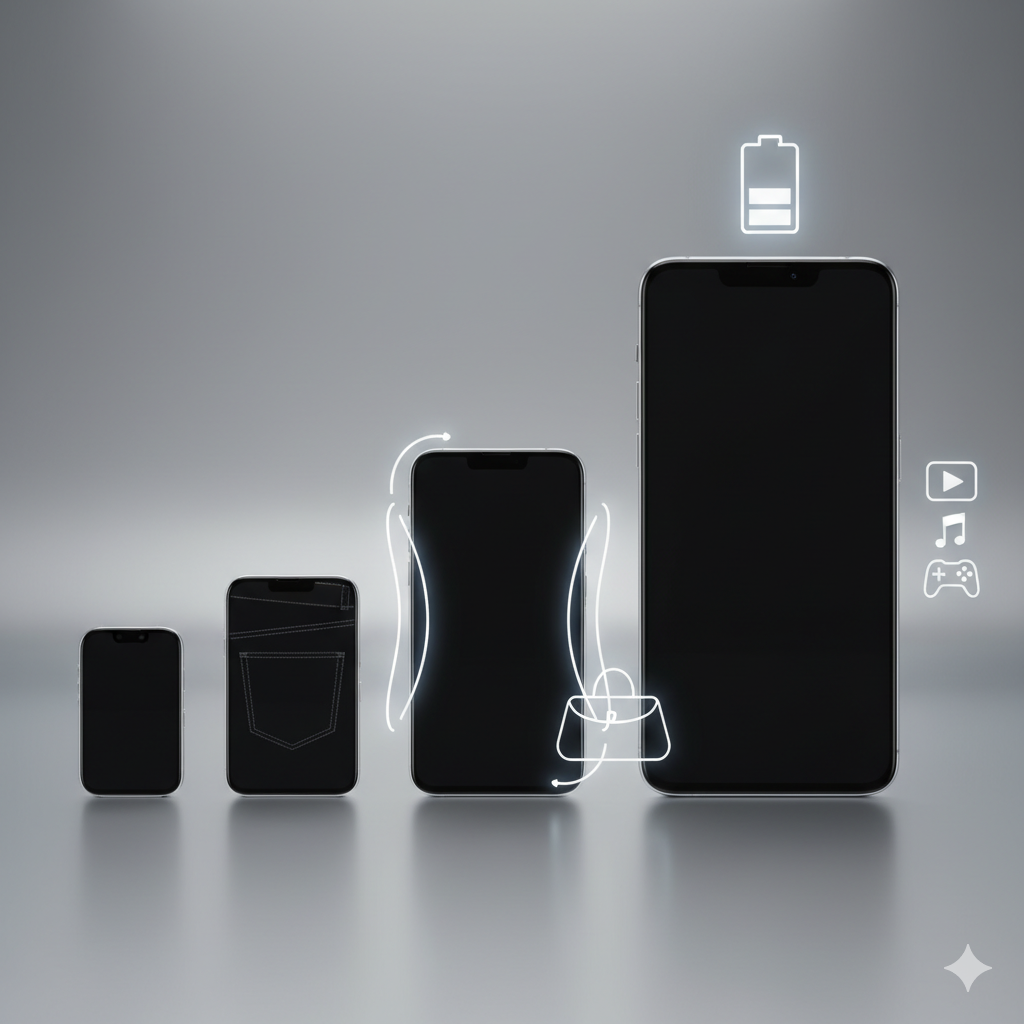
Choosing the Right Phone Size
1. Consider Your Usage Habits
- Media & Gaming Focused: Larger phones offer immersive visuals.
- Casual Use & Calls: Medium-sized devices may be more practical.
2. Ergonomics & Comfort
- Test how the phone feels in your hand.
- Consider whether one-handed navigation is important.
3. Portability
- Fit in pockets or bags comfortably.
- Balance screen size with daily mobility needs.
4. Battery & Performance Needs
Assess whether battery endurance is more important than compactness.
Larger phones generally have bigger batteries but may also support power-hungry displays.
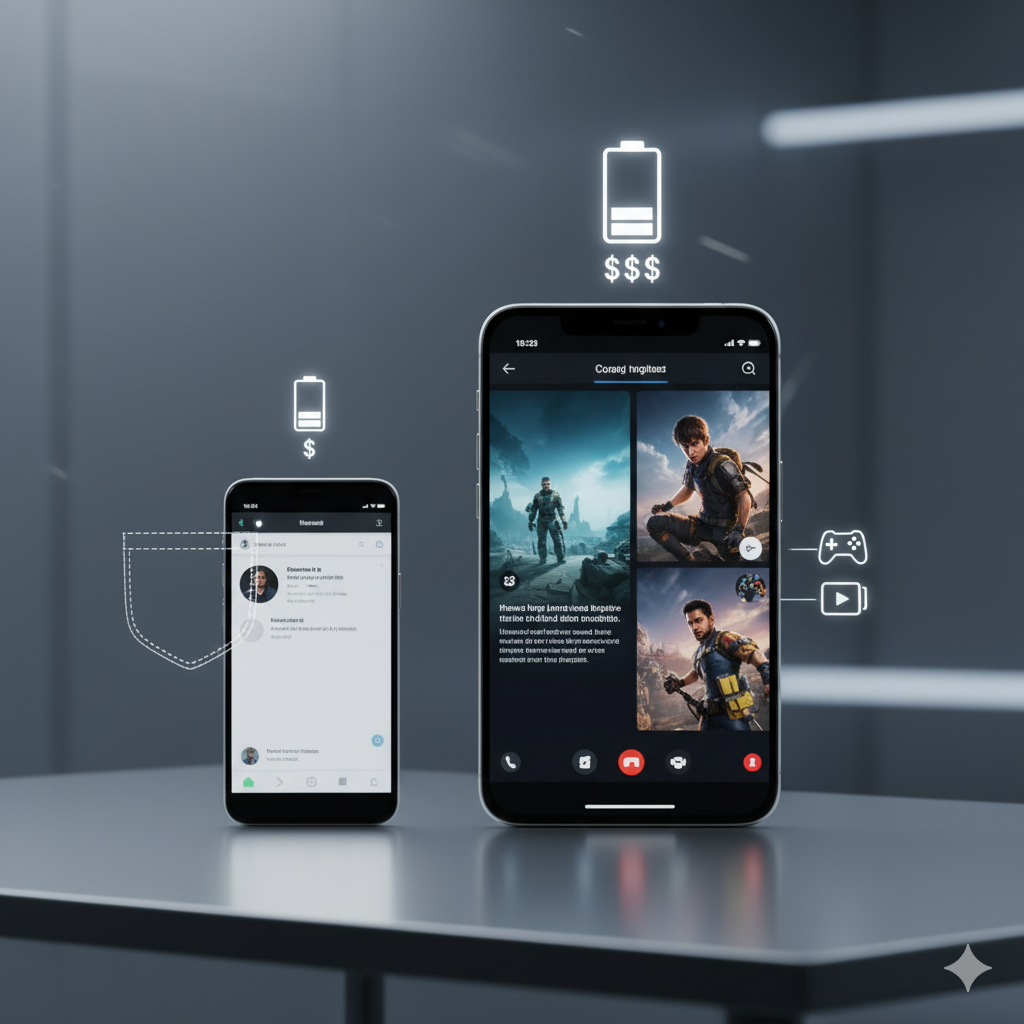
Comparison Table: Big vs. Medium Phones
| Feature | Bigger Phones | Medium/Compact Phones |
|---|---|---|
| Display | Large, immersive | Smaller, more portable |
| Battery | Often larger | Moderate |
| Portability | Less pocket-friendly | Easy to carry |
| One-Handed Use | Difficult | Comfortable |
| Price | Higher | More affordable |
| Multitasking | Better | Limited by screen space |
Final Thoughts
Bigger phones are not inherently better — they suit certain lifestyles and preferences but can compromise comfort and portability. The right phone size depends on how you use it daily, your hand size, and whether mobility or immersive experience matters more.
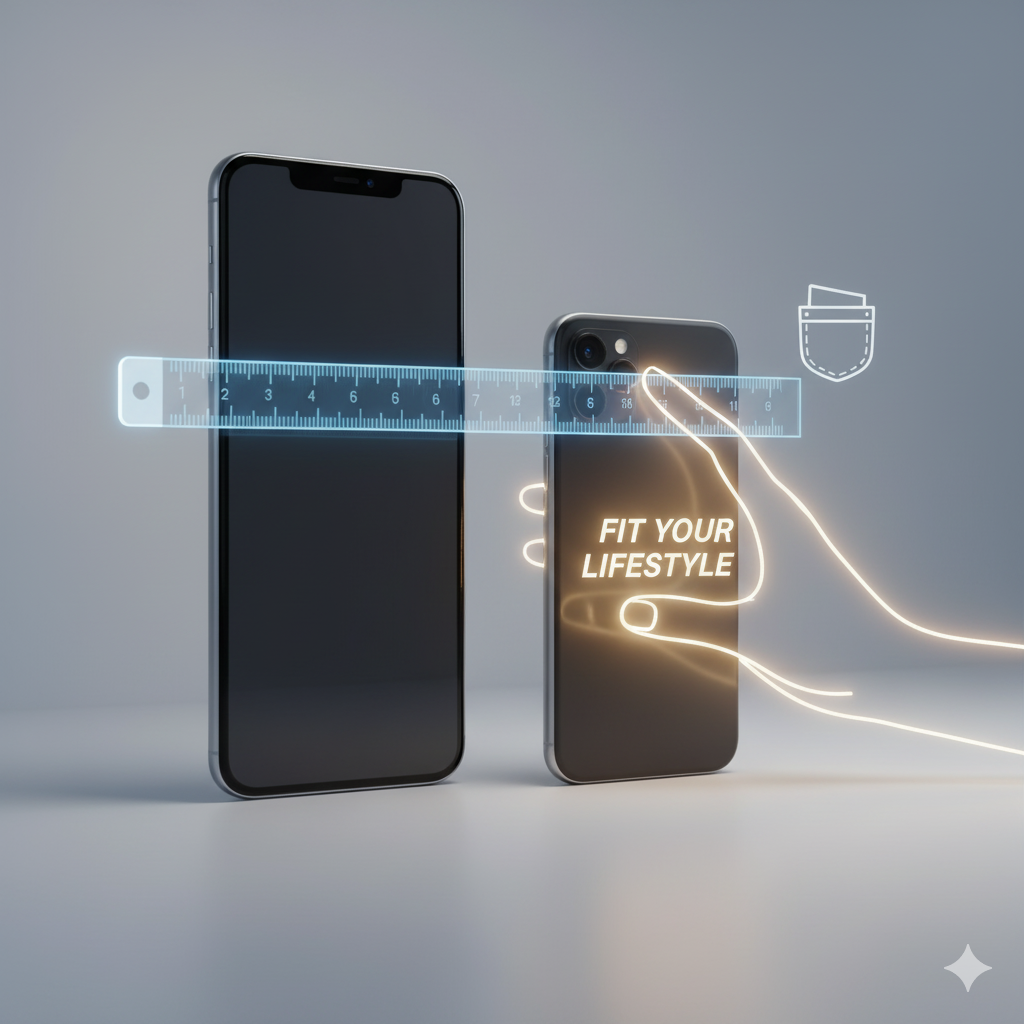
Key Takeaway
“Choose a phone size based on comfort, portability, and real-world usage — not just screen size. Bigger is better only if it fits your lifestyle.”

